Your cart is currently empty!
Can Slip Be Used on Bone Dry Clay? You’ll be Surprised
Published:
Last Updated:
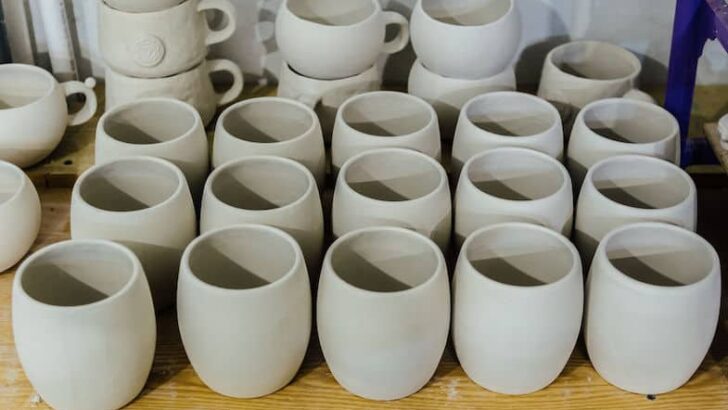
Affiliate Disclaimer
As an affiliate, we may earn a commission from qualifying purchases. We get commissions for purchases made through links on this website from Amazon and other third parties.
Clay slip is made from a mixture of clay and water. It’s the magic tool in pottery that allows you to join pieces of clay, decorate them, and also to mend your pots now and then. But can slip be used on bone dry clay, or does your clay need to be fresh or leather hard?
Usually, when you apply slip to bone dry clay, the slip will dry quickly and shrink. As it shrinks it pulls away from the dry clay and flakes off. However, there are ways you can adapt slip to help it stick to dry clay.
Using Slip on Dry Clay
There are a few different situations in which you might want to use slip on bone dry clay. Let’s take a look at each of these in turn to see how successful it might be, and what you can do to make it work.
We will cover whether you can use slip on bone dry clay for decorating, joining, or mending pottery. You can use these links below to jump to a particular section if that’s what you are especially interested in…
Jump to Your Relevant Section
Before we look at each of these, let’s take a quick look at why using slip on bone dry clay might pose difficulties.
What is the Problem with Using Slip on Bone Dry Clay?
When clay dries, it shrinks. The more water it contains the more it shrinks. Wetter clay has more shrinking to do than drier clay.
If you join two bits of clay together that have different moisture levels, one will shrink more than the other, and the two bits will pull apart and separate.
Also, when you apply wet clay to dry clay, the dry clay sucks water out of the wet clay. Rather than bonding together, when the water is drawn out of the moist clay, the wet clay shrinks away from the dry surface. This causes the clay to crack or flake at the joint.
As a result, it’s usually recommended that you combine clay before it has dried out too much. And it’s generally advised that the clay has a similar moisture content so that the rate at which they shrink is more or less the same.
But is this always the case, and can you get away with applying slip to dry clay? Let’s take a look at that now…
Can Slip Be Used on Bone Dry Clay for Joining?
Usually, slip isn’t used to join pieces of bone dry clay.
There are lots of times when you will need to join two pieces of clay together. For example, if you are hand-building, you may need to join slabs or coils of clay. And if you have wheel thrown a pot, you may want to add a handle or spout.
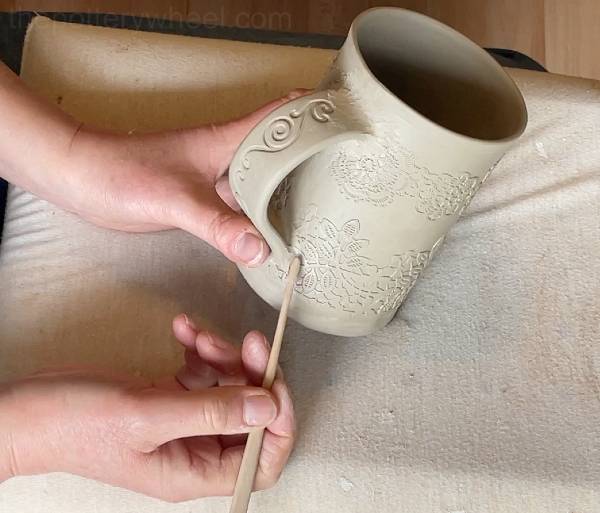
It’s almost always best to join pieces of pottery clay when the clay still contains moisture. Usually, clay is joined when it is leather hard.
Leather hard clay is firm enough to handle without its shape being distorted. But it has enough moisture in it so that when you apply slip, it doesn’t draw all the moisture out of the slip straight away.
Slip that is used to join clay together is often called ‘joining slip’. If joining slip is applied to bone dry clay, the slip is much wetter than the pottery. There is a lot of tension between the wet slip and the dry clay.
Usually, the dry clay sucks the water out of the slip quickly. The slip doesn’t stay liquid long enough to glue the clay pieces together. As a result, the join won’t be strong and it will usually break apart as it dries.
Paper Clay – An Exception to the Rule
Paper clay is regular pottery clay that has been blended with cellulose fibers. The fibers give the clay extra strength and burn out when the clay is being fired.
Because paper clay is stronger, it can be used to make thinner and more delicate work. As such, it’s good for modeling, sculpting and also making pottery with detailed designs.
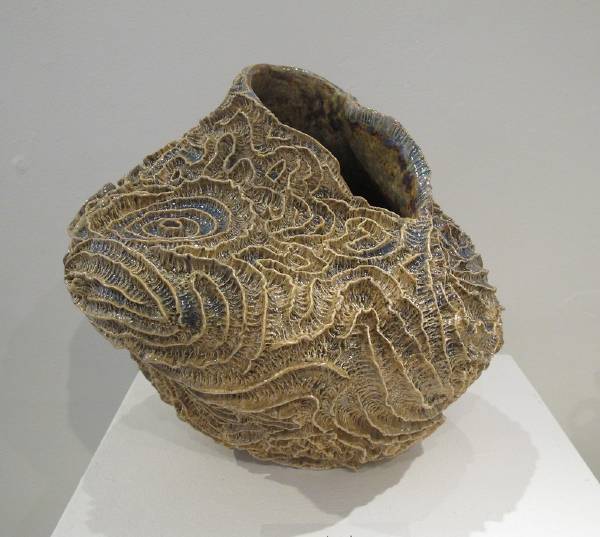
Another advantage of paper clay is that it can be joined using paper clay slip when the pieces are bone dry. The fibers in the clay reinforce the joint and help the dry clay adhere to one another even though the water in the slip is absorbed quickly. If you want to try out paper clay, you can take a look at this stoneware paper clay body here.
How to Join Bone Dry Clay
If you are using regular pottery clay, and you want to join two pieces of clay that have dried out, you could try one of the following suggestions:
1) Rehydrating Your Pieces to Join Them
There are several ways to rehydrate bone dry pottery. I have found that the most successful ways of rehydrating clay take time and patience. Usually putting the pottery in a damp box for a few days to a week will rehydrate the clay safely.
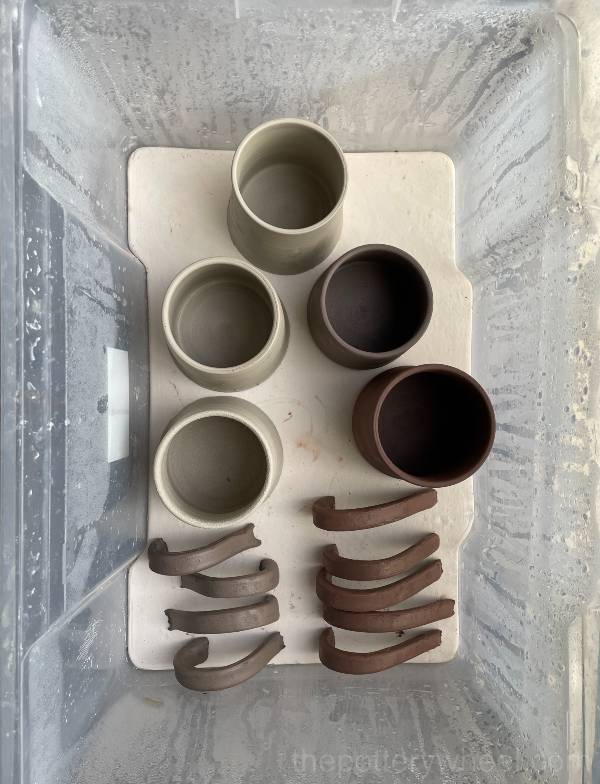
You can read more about reviving dry clay in my guide to rehydrating clay here. Once the clay has been rehydrated you will have more success joining the clay.
2) Commercially Produced Menders
There are some products on the market such as Magic Mender , Clay Mender, and APT-11 Ceramic Enhancer which will enable you to join bone dry clay. These are sometimes called ‘enhanced slips’ and can be used to join or mend greenware or bisque pottery.
They are applied directly to the dry greenware or bisque and create a strong bond that can be fired normally. If you are using a mender, check what temperature it can be fired up to.
Magic Mender
Magic Mender
Magic Mender can be used on greenware or bisque. Can be fired to cone 02 or 03.
Clay Mender
Clay Mender
Clay Mender can be used on greenware or bisque, but is mostly used on bisque. Can be fired to cone 06 or 04.
3) Making Extra Strong Slip
There are several recipes for making clay slip with extra bonding capacity. If you are joining bone dry clay, it may be worth trying out one of these slip recipes to see if it works. With bone dry clay, there is no guarantee it will hold, but it would be worth trying.
My favorite recipe for making a strong slip is as follows:
- White vinegar
- Bone dry clay
- Toilet paper
This recipe is very simple to make. I think it was originally invented by ceramic artist Martha Grover. Either way, it’s brilliant for joining clay, and I have had some success using it on dry clay too.
Method:
- Put half a cup of white vinegar in a container
- Shred 3 or 4 sheets of toilet paper into smaller pieces
- Put the shredded paper into the vinegar
- Blend the vinegar and paper using a stick blender
- Put a handful of crumbled bone dry clay into the mixture
- Stir the mixture together with a spoon
- Let the mixture sit for 24 hours
This is the slip recipe that I use for joining handles onto pottery as it creates a really strong bond. But equally, it can be successful for bonding drier clay together.
Can Slip Be Used to Repair Cracks in Bone Dry Clay?
Using wet slip to mend a crack in bone dry clay will almost certainly not work. The dry clay will dehydrate the slip straight away, and the slip will flake off rather than filling the crack.
Wet slip can sometimes make cracks worse because the water in the slip increases the tension in the clay. As a result, the crack can open up even more.
However, there are ways you can adapt the slip so that it can be used to mend cracks in dry clay.
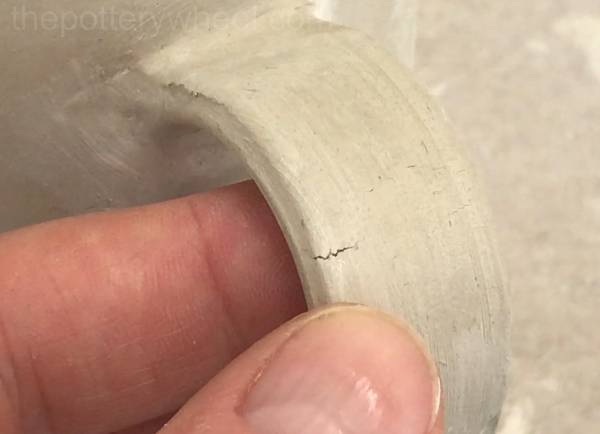
The recipe I described above for paper clay slip is a good option. I sometimes mend cracks in bone dry clay using paper clay slip in the following way:
- Wet the edges of the crack with vinegar
- Use a needle tool to score into the edges of the crack
- Add a little more vinegar and continue to score the surface to make it damp and mushy
- Paste a bit of the paper clay slip into the moistened pottery surface
- Allow the paper clay slip to dry and sand it down gently
- You may need to repeat this process a few times to mend the crack
You can see a complete account of the different ways I mend cracks in bone dry clay here.
Can Slip Be Used on Bone Dry Clay for Decoration?
Slip can be a lovely way to decorate pottery. I find it gives leather hard clay a lovely rich buttery finish that can be missing from underglaze. It can be painted on, sprayed, or trailed on using a slip trailing bulb.
However, for the reasons mentioned above, you might have problems using slip to decorate dry clay. As described above, the slip can crack and flake off when it dries quickly on the dry greenware.
However, all is not lost. There are some ways that you can use slip to decorate bone dry clay. Here are some suggestions that can help…
1) Using Thinner Slip
Add water to the slip to thin it out. Apply multiple layers of thin slip on the dry clay to build up color.
2) Calcined Ingredients
Use slip that contains calcined ingredients. Calcined clay powder has been fired at high enough temperatures to make it harder and more durable.
Because it’s been fired already, calcined clay powder doesn’t shrink when the slip dries out. As such, slip that contains calcined ingredients can be used on bone dry clay and bisqueware without flaking off.
3) “Stick To Anything” Slips
Some slip recipes are referred to as ‘Stick to Anything’ slips, or STA’s for short (source). You could experiment with some of these STA recipes.
4) Wet Your Greenware
Spray bone dry clay with water before applying the slip. This will reduce the water differential between the pottery and the slip and reduce the chances of the slip flaking off.
5) Give it a Go
You may want to just give it a try with the clay body and slip that you have. Some combinations of clay and slip will tolerate the water differential better than others.
You might just find that with the combination of clay and slip you are using, you can use the slip to decorate it when it is dry.
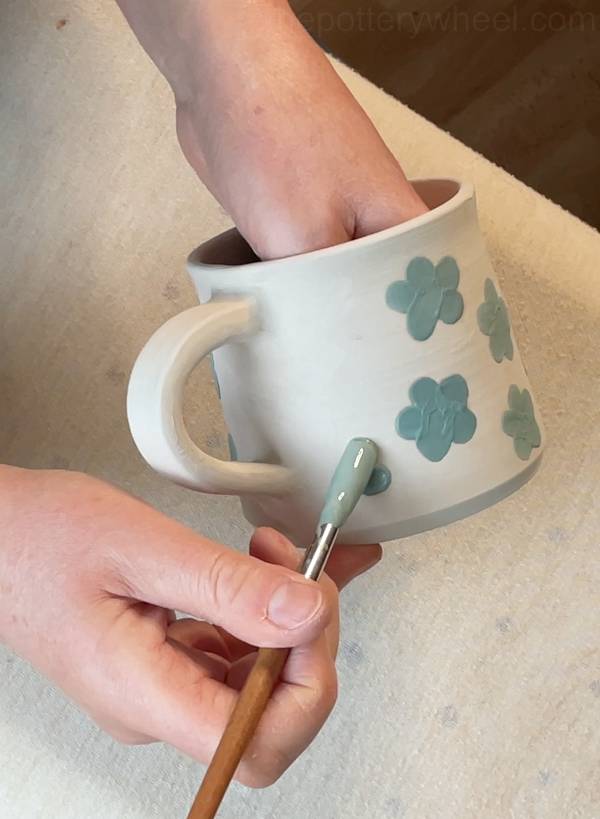
Two alternative ways to color clay are to use either an engobe or an underglaze. Both of these can fare better being applied to dry clay.
Engobes
Engobes are sometimes described as being halfway between a slip and a glaze. They are usually applied by dipping or painting.
Engobes contain fritted material. These materials have been heated to the point of becoming glassy. Engobes also have a lower clay content than slip, so they shrink less than slip too. As a result, you are more likely to apply engobe successfully to dry clay or bisque ware than slip.
Final Thoughts
Generally speaking, you are likely to encounter problems if you use regular clay slip on bone dry clay. However, working with slip is lovely and I do know potters who use slip to decorate their dry greenware all the time. You may just want to give it a try and see if your slip can cope with the application. If not, you can always use engobe, underglaze, and glaze to do the decorating work.





